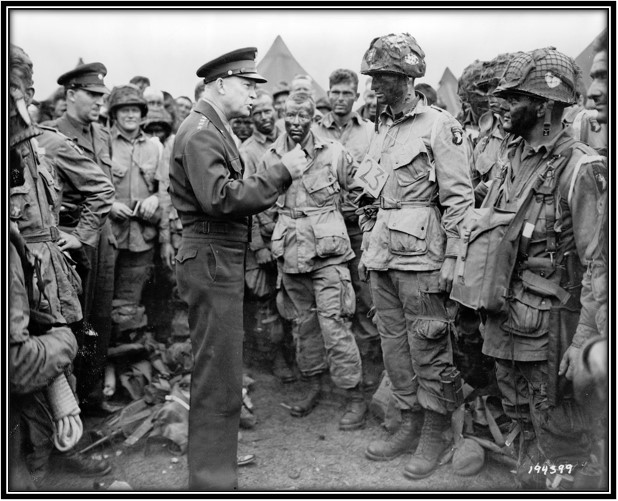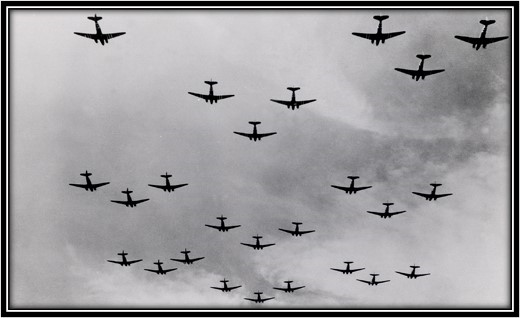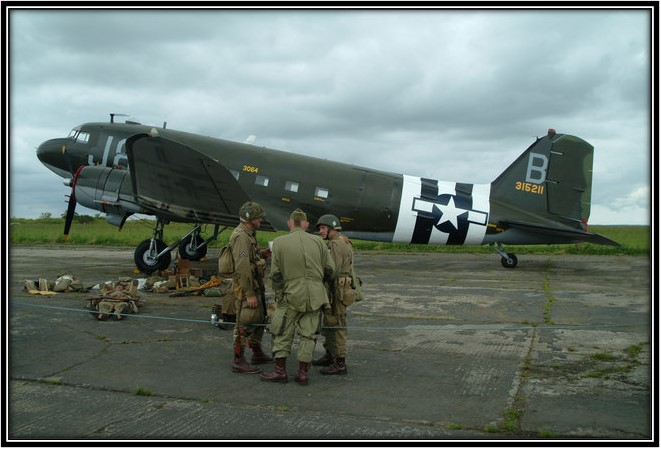Good Monday afternoon fellow ECAHF’ers. Will we ever see it again, almost 1500 aircraft stretching for over 300 miles delivering troops to battle? It must have been a sight to behold…or at least to hear since it occurred on the evening of D-Day minus 1. Can you imagine the exhilaration those under the boot of Nazi domination must have felt as they began to understand that their day of salvation had finally arrived? How about the fear of those parachuting into the darkness and into battle? Very little with which we deal in our day-to-day lives can equal the level of emotion in both the protagonists and antagonists of this epic battle.

From “This Day in Aviation”: “5–6 June 1944 (D-Day -1): Beginning in the late evening, 821 Douglas C-47 Skytrain twin-engine transports, and 516 Waco CG-4A and Airspeed AS.51 Horsa gliders of the IXth Troop Carrier Command, airlifted 13,348 paratroopers of the 82nd and 101st Airborne Divisions, United States Army, and another 7,900 men of the British Army 6th Airborne Division and the 1st Canadian Parachute Battalion.

The airplanes flew in a Vee-of Vees formation, nine airplanes abreast, 100 feet from wing tip to wing tip, 1,000 feet in trail, stretching for over 300 miles. They flew in darkness at an altitude of 500 to 1,000 feet.
Their mission was to drop the paratroopers behind the invasion beaches of Normandy during the hours before the amphibious assault began on D-Day.” © 2018, Bryan R. Swopes


Onward and upward!
Kind regards,
Barry
Barry R. Fetzer
ECAHF Historian
Cell: 910-915-6525
Email: fetzerab@ec.rr.com
